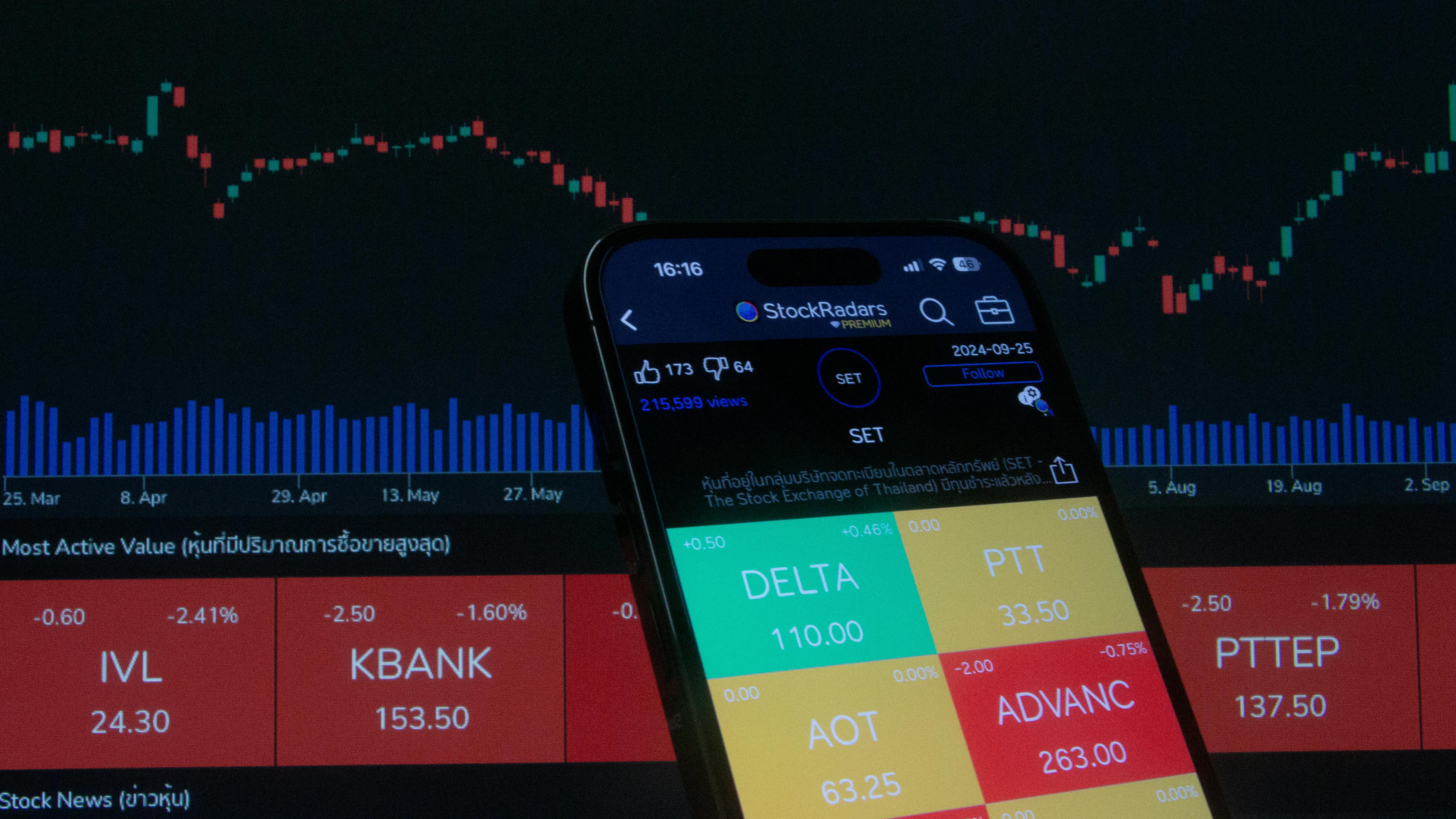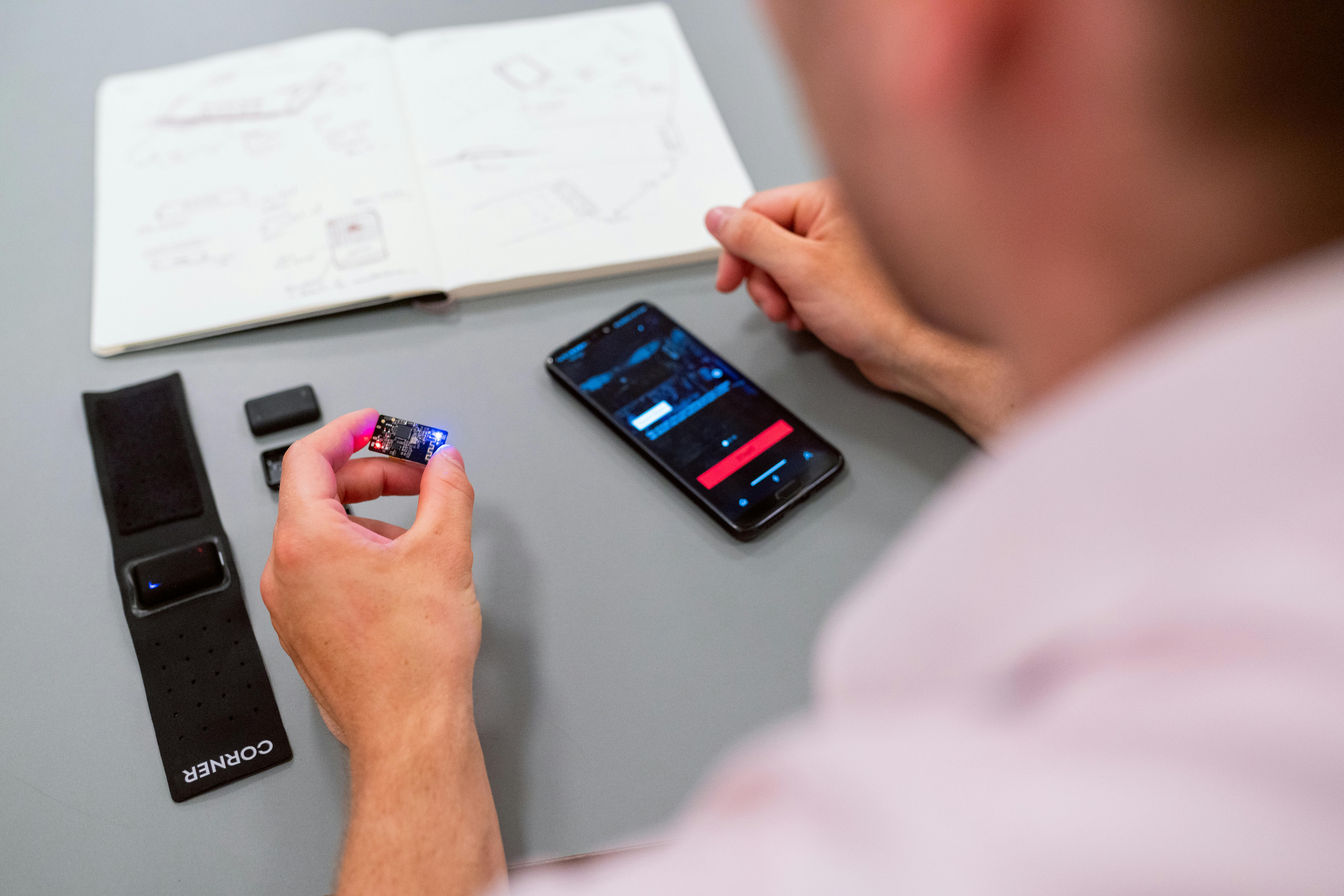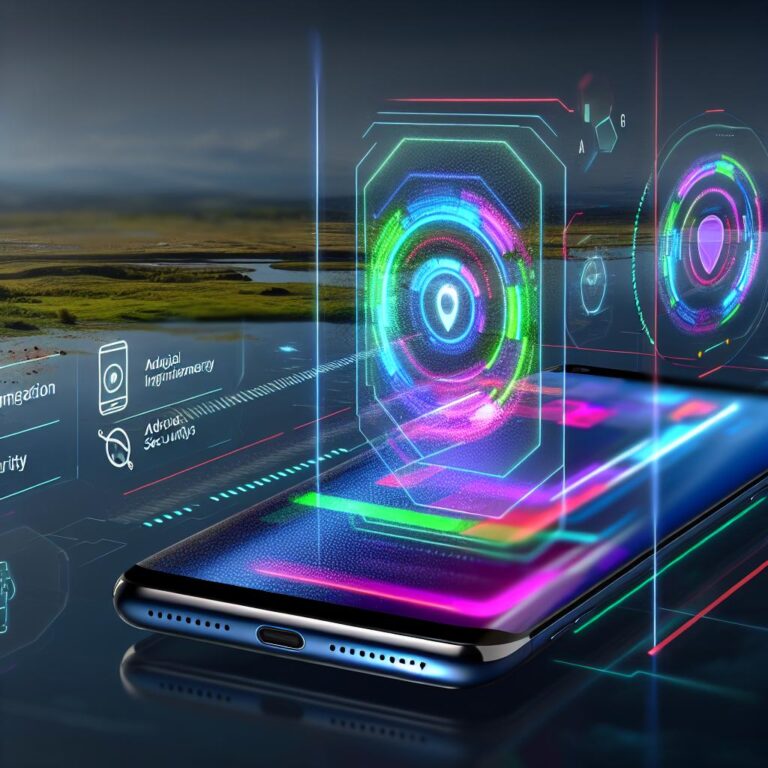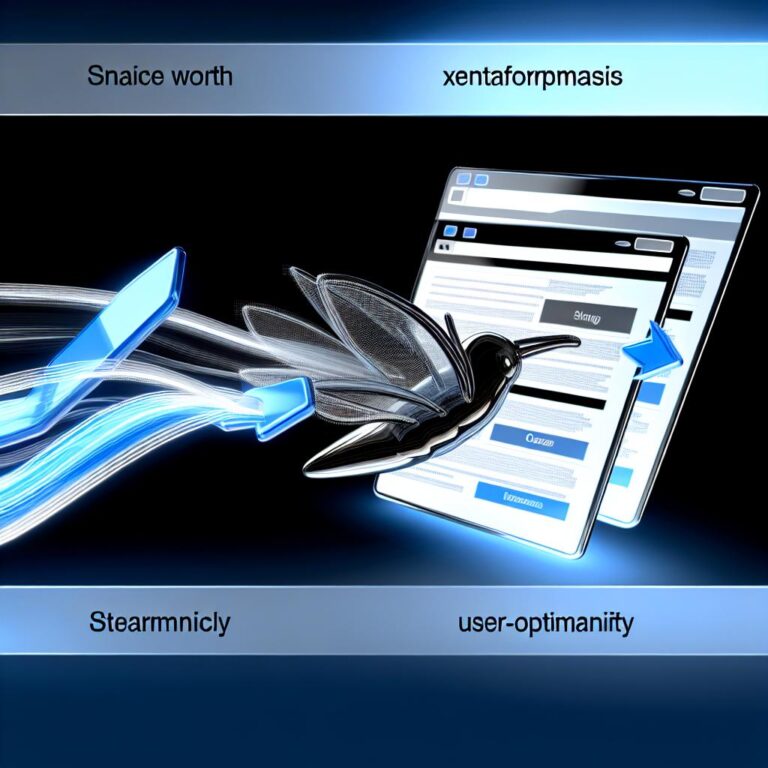Top app tech trends: What’s changing in mobile and AR?

Summary of Mobile App Trends for 2024:
- AI-driven personalization enhances user experiences.
- 5G enables faster app speeds and supports real-time features like live video and gaming.
- Minimalist, simple UI designs, including dark mode, improve usability.
- Augmented Reality (AR) is popular for practical applications like virtual try-ons and gaming.
- Blockchain ensures secure transactions, particularly in finance apps.
- Voice assistants add hands-free control and efficiency.
- Health and fitness apps continue to grow, offering coaching and support.
- Mobile commerce, driven by apps, is booming with innovations like virtual fitting rooms.
- Wearable integration and foldable device compatibility expand app functionality.
- Enhanced app security through advanced authentication, encryption, and blockchain.
- IoT connectivity, 5G, and mobile wallets transform interactions.
- Cloud computing and AI elevate app efficiency and personalization.
Are you ready to dive into the future of mobile tech? From how we interact with our favorite AR apps to keeping our personal data secure, mobile technology is evolving at breakneck speed in 2024. As a fellow tech enthusiast, I'll break down the latest trends that affect everything from security to user designs. Get ready to explore how these changes will impact the tech world and our daily lives. Curious? Let's explore what lies ahead!
How Are Mobile App Trends Evolving in 2024?

Mobile app trends are making big changes in 2024. What are the latest advancements in mobile app technologies? First, let's highlight personalization. Apps are now using AI to learn your preferences. This means they tailor experiences just for you. Personalization is growing because it makes the app feel like a friend who gets you.
Next, let's talk about 5G technology. With faster networks, apps are quicker and can do more. This speed lets us use apps that show live video and play games with no delay. It's a big win for gamers and people who stream videos on the go.
How are mobile user interface designs changing? Simplicity and clarity in design have become the norm. More apps are adopting a minimalist approach. Users want ease instead of clutter. Simple designs load faster and let you find what you need quick. Dark mode is also trending because it is easy on the eyes.
Which are the leading mobile app features for 2024? Let's start with augmented reality. This feature blends the digital with the real world. Imagine trying on clothes virtually or placing furniture in your living room before you buy it. These practical uses help save time and money.
Next is blockchain technology. Apps now ensure safer transactions and protect your data. This technology creates transparent and secure interactions. It's especially popular in finance apps and those dealing with sensitive info.
Let's not forget voice assistants. People now use their voices to control apps. This trend makes accessing apps hands-free and efficient. You can ask about the weather, set reminders, or send messages without touching the screen.
Now, let’s look at health and fitness apps. They continue growing, especially those that offer personal coaching or mental health support. These apps track progress and motivate people to stay moving and healthy.
Furthermore, mobile commerce is rising. More people buy things on apps instead of from web browsers. Apps make shopping easy and often suggest items based on past purchases.
Social media apps are not left behind either. They now include features like live streaming, which engages users more, letting them connect in real-time.
Lastly, app integration with wearable devices is a game-changer. Devices like smartwatches sync with apps to track fitness goals and alerts. This synergy makes information accessible at a glance on the wrist.
The future of mobile apps is exciting and full of potential. With each innovation, we find new ways to make life more convenient and fun. Keep an eye out because mobile app tech is always evolving.
What Innovations are Happening in Augmented Reality (AR) Applications?
You might wonder, "How are augmented reality integrations transforming apps?" Here's the swift answer: AR is making apps more interactive and fun. Now, let's dive deeper into how this transformation is unfolding across various platforms and sectors.
Augmented reality (AR) isn't just a buzzword. It is changing how we use apps every day. With AR, users can see digital images over the real world. This is not only amazing but also super useful. For example, AR helps people shop online by showing them how a couch will look in their living room before buying it. This makes buying decisions easier and more accurate.
AR is not stopping at shopping; it's becoming a key player in gaming and social media too. But what are the roles of AR in these areas? In gaming, AR creates new adventures by turning any place into a virtual playground. Games like Pokémon Go use AR to mix virtual creatures with real settings, allowing players to explore and interact with their physical surroundings while gaming. In social media, AR gives us fun filters and effects that make posts more engaging and shareable. Users can transform their appearances or the background of their selfies with AR features, making their feeds stand out.
Now, how is AR enhancing user experiences in business applications? In the business world, AR is enhancing training, manufacturing, and even real estate. For instance, AR in training can simulate real-life scenarios without any risk. Trainees can practice handling equipment or respond to emergencies in a safe, digital environment. This interactive learning boosts skills and confidence. In manufacturing, AR assists workers by displaying assembly instructions directly on the workspace, reducing errors and improving productivity. Real estate agents can use AR to give potential buyers virtual tours of properties, saving time for both parties.
Moreover, mobile applications are integrating augmented reality features more innovatively. Consider a travel app that overlays historical facts over famous landmarks as you wander a city or a restaurant app that shows 3D views of menu items. These features not only entertain but also educate, fostering an enriching user experience.
These innovations are setting new standards for integration within apps. For more on how these trends are shaping the future, check out this exploding topics update on app trends. By embracing AR, apps are not just keeping up with modern technology—they're creating a future where both imagination and reality coexist seamlessly.
In conclusion, AR is leading the charge in creating more enriching and entertaining apps. The blend of technology and everyday tasks through AR showcases its vast potential, ready to keep surprising us with fresh experiences daily.
How is App Security Being Enhanced in 2024?

In 2024, app security has become a major focus for developers. New measures are set to boost user safety and trust. One big change is the use of more advanced authentication methods. These include biometric systems and multi-factor authentication (MFA). MFA asks users to prove their identity in more than one way. By using it, apps can prevent unauthorized access more effectively.
What are the innovative app security measures being introduced?
Answer: Advanced encryption techniques and blockchain integration.
Encryption keeps data secret, making it unreadable to everyone but the intended user. Even if data is stolen, encryption keeps it safe. Another growing security measure is blockchain technology, which creates a secure ledger of transactions. This is especially helpful for financial apps, where data needs extra protection.
How can developers ensure secure app development on current platforms?
Answer: By following security best practices and constant testing.
Developers can adapt these practices to reduce risks and improve app safety. Setting clear security protocols from the start makes apps less vulnerable. Regular app testing helps find potential weaknesses before they become a problem. Secure coding practices, and ongoing updates to patch problems, create a strong defense.
What infrastructure improvements are critical for improving app security?
Answer: Inviting more extensive cloud security and zero-trust networks.
Cloud platforms host many apps and services. Enhancing cloud security features will guard sensitive data stored on these platforms. Using zero-trust networks is a strategy where trust is never assumed. Instead, each user must continuously verify their identity before accessing the app.
In summary, app security in 2024 is about being proactive. Developers work hard to anticipate threats and block them. More users rely on apps in their daily lives, so security cannot be taken for granted. By ensuring safety measures are in place, developers can protect data while also giving users peace of mind.
What are the Most Cutting-Edge Mobile Technologies Emerging?

Mobile technology is growing fast, and I'm excited to share the top breakthroughs. Let's dive into the world of tomorrow and see what's changing.
How is the Internet of Things (IoT) influencing mobile app integration?
The IoT connects everyday gadgets to the internet, changing how apps work. IoT lets our devices talk to each other. Your smartphone can now control your fridge or lights. This makes life easier and homes smarter. Developers use IoT to create more personal user experiences. They add features like real-time tracking and remote control. Check out this IoT market report for more insights.
What impact will 5G technology have on app development?
5G is super fast and opens up new possibilities for apps. It has low delay times and quick download speeds. This means smoother video calls and awesome gaming experiences. Developers can now build apps with more complex features without worrying about speed. Augmented reality (AR) and virtual reality (VR) can thrive with 5G’s power. It supports heavy data needs and ensures seamless performance.
How are mobile commerce trends shaping consumer interactions?
Mobile commerce is changing how we shop and interact. Apps now offer easy online shopping and payment options. They let us browse, compare prices, and make purchases in minutes. The rise of virtual fitting rooms is a notable trend. Users can try on clothes without leaving their homes. It boosts confidence in online shopping choices. Voice recognition for shopping is becoming popular too. It allows for hands-free experiences.
Mobile wallets are also transforming transactions. They make payments smoother and secure. Consumers gain quick access to coupons and rewards. Businesses use apps to offer tailored discounts based on buying habits. This personal touch in mobile apps builds brand loyalty.
Cutting-edge mobile technologies are reshaping our lives. The IoT, 5G, and mobile commerce bring exciting changes. They create new chances for developers and businesses alike. The future of mobile tech is limitless, and it's thrilling to see where it will take us next.
Each of these trends shows promise. Embracing them opens doors to new ways of living and interacting. Whether you are a tech lover or just curious, stay updated on these shifts. The mobile tech world is an exciting place full of growth and surprises. Keep an eye on it to see how these breakthroughs will change your day-to-day life.
Why Are Wearables and Folding Devices Becoming More Relevant?

Wearable tech and foldable devices are shaking up app design. Why, you ask? These trends offer new ways to interact with technology. Wearables like smartwatches and fitness trackers expand what apps can do. They allow us to track health, manage schedules, and even make payments right from our wrists. You might wonder, how are wearable devices expanding app functionalities? Precision response: They offer real-time info and greater convenience. We can use apps without pulling out our phones. This seamless experience is leading more developers to explore wearable technology integration.
Now, let's talk about foldable devices. If you've seen a foldable phone, you know it's a game-changer. As screens grow larger, so do the possibilities for apps on these devices. Apps for foldable devices are developing in exciting ways. Each fold or unfold of the screen must look smooth and natural in apps. This requires a new approach to user interface design and functionality.
Businesses are taking note. Why are businesses investing in wearable and foldable app design? Precision response: They see potential for new markets and customer experiences. Let's break it down. The global shipments of foldable phones are rising. With this growth, companies want apps that stand out on these innovative devices.
For developers, creating apps for foldable devices means facing new challenges. Every fold changes screen size and orientation. This requires adaptable layouts that feel just right for users. Developers are rethinking how apps can benefit from larger screens and multitasking features. They want apps that look and feel seamless whether the device is open or folded.
Wearable technology is no longer a niche area. Many industries are jumping on board. From health and fitness to smart homes and beyond, wearables are expanding. Developers are working to create apps that fit seamlessly into our daily lives. Fitness apps can suggest workouts. Health apps monitor our vitals in real-time. These examples show the potential for growth and innovation.
Businesses are motivated by the promise of wearable and foldable growth. They see wearables as a direct line to customer data and engagement. Foldable devices are a chance to reinvent app experiences with bigger displays and multitasking.
In conclusion, both wearable and foldable devices are driving new app trends. Developers worldwide are exploring how to make apps smarter and more adaptive. As these devices continue to grow in popularity, so do the opportunities they present. Whether it's a watch on your wrist or a phone that folds in your hand, the future of app tech looks very promising.
Which App Development Trends Are Forecasted to Predominate?

Are you wondering about the biggest mobile tech trends for 2024? Let's dive in! Mobile app development is moving at lightning speed. The most significant trend is the integration of more personalized experiences. Developers are focusing on creating apps that adapt to individual user needs. This could mean apps that suggest content based on what you like or those that interact with you through voice commands.
Developers are also leveraging cloud computing in creative ways. So, how are they doing it? The precision is that developers are relying on the cloud to provide extra power and space to apps. Cloud computing helps manage large amounts of data efficiently. This means apps can store and retrieve information faster, making them more responsive for users like you and me.
The role of chatbots and AI in the next wave of apps cannot be overlooked. What is their role, exactly? Chatbots and AI are being used to make apps more intuitive. They allow apps to converse with users like a friend might. For example, if you're shopping in an app, a chatbot could help suggest products or answer questions without any human input. AI also helps in personalizing apps even more by learning what you like and dislike.
But why are these changes significant? Well, they're about making our digital lives easier and more engaging. For instance, using the mobile wallet is becoming more common, as people prefer using their phones for payments rather than cash or cards. This trend hints toward the increased use of mobile devices for all types of transactions, pushing app developers to keep pace with these changing habits.
Apps are also becoming better at connecting with other digital tools. For example, smart assistants like Alexa can now interact with various apps seamlessly. This creates a more cohesive and integrated experience across devices and apps. It's a trend that's especially exciting as it can improve productivity and convenience.
In conclusion, the mobile app scene for 2024 is buzzing with developments. New personalized features, cloud computing, AI, and chatbots are at the forefront. Developers are working hard to match tech innovations with what users need. The future of mobile app development looks promising and more interactive than ever. The changes we are seeing are about making apps more like our helpful companions in daily life.
Conclusion
Mobile apps are set for big changes in 2024. We explored breakthroughs in AR integration, rising security measures, and the influence of IoT and 5G. User interfaces are evolving rapidly, and developers are optimizing cloud computing. Wearables and foldable devices are giving apps more room to grow. These trends shape how we connect, secure, and enhance apps. The future of mobile apps is exciting, and staying informed helps us navigate this tech evolution. Let's embrace these changes and prepare for an innovative digital landscape.






